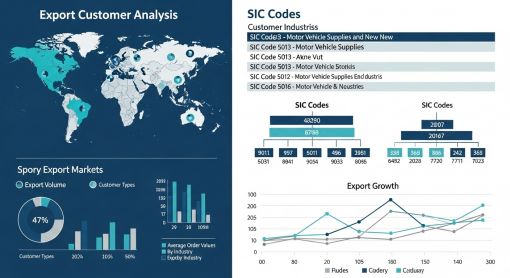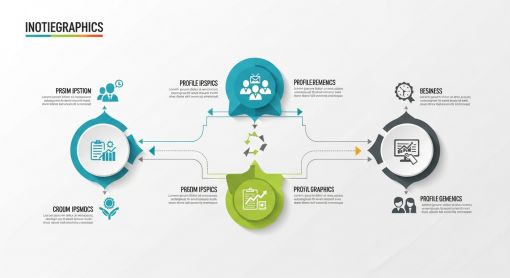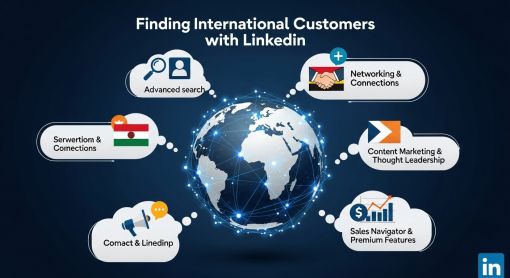In today's article, I will detail one of the most significant challenges exporting companies face: "finding customers in foreign trade."
Companies visiting our website frequently send us emails with questions like "how can I find export customers," "what are the techniques for finding customers in foreign trade," "what are the best sites for finding overseas export customers," and "how to find foreign trade customers online."
When we examine websites on the subject, we unfortunately see that the topic of "techniques for finding customers in foreign trade" is often limited to membership on B2B sites. However, the process of "finding a foreign trade customer" is not confined to B2B site memberships.
Topics mentioned among "customer acquisition techniques in foreign trade," such as blogs, social media, B2B directories, internet ads, commercial attachés, the ministry of economy, trade delegations, and association memberships, can only be considered secondary elements of foreign trade. Hundreds of foreign trade consultants and blogs that cover "methods for finding customers in foreign trade" are only depicting the tip of the iceberg.
In this article, we aim to uncover what lies beneath the iceberg. This is where true expertise and deep analysis begin.
Is It Really Easy to Find Export Customers?
Finding customers in exporting can be both easy and difficult. The main factors that make finding customers in exporting easy or hard are: "target market," "target customer," "target competitor," and "knowing and positioning your company."
First, let's start with why finding customers in foreign trade is difficult. Attempting to find customers for export without conducting target market research is meaningless. The customer profiles you obtain from paid and free resources (traditional importers, importer agents, wholesale importers, retail importers, companies that commission contract manufacturing, contracting firms...) will not lead you to the right target without first identifying your export market or export markets.
Why Finding Export Customers Can Be Easy
Once you have identified your target markets, you can easily access information on hundreds of thousands of importer companies and your potential customers from our TurkExim database by querying according to SIC code (Standard Industrial Classification code), SITC (Standard International Trade Classification), and HS code (Harmonized System Tariff Code).








